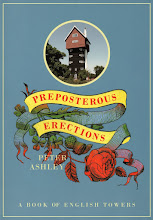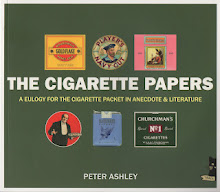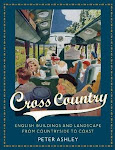
Recent events in my life have made me think about taking up the smoking arts once again. I've forgotten exactly when it was I threw the last empty Marlboro packet in the fire, but it's within a timeframe that means that I'm still hesitating as I buy a paper and see the ranks of cardboard boxes whispering at me 'Go on. The odd one won't do any harm'. Of course it would, which is why I gave up in the first place. Not because of hectoring Government advice, the Tobacco Police or being patronised by ASH. And certainly not because of the heinous demands that have been forced on a totally legal product in terms of on-pack health warnings and lurid pictures of strangers' diseased offal. I almost lit up again on the 1st July when smoking was banned in pubs, another bullying directive based on extremely suspect science. But if I do succumb (and I hope I don't) then I want it to be a totally subversive activity. Putting untipped cigarettes into one of my collection of empties, (Gold Flake or Capstan Full Strength favoured) driving at night to an isolated country church and exhaling blue smoke out amongst the branches of a graveyard yew. Just to make some obscure point.












